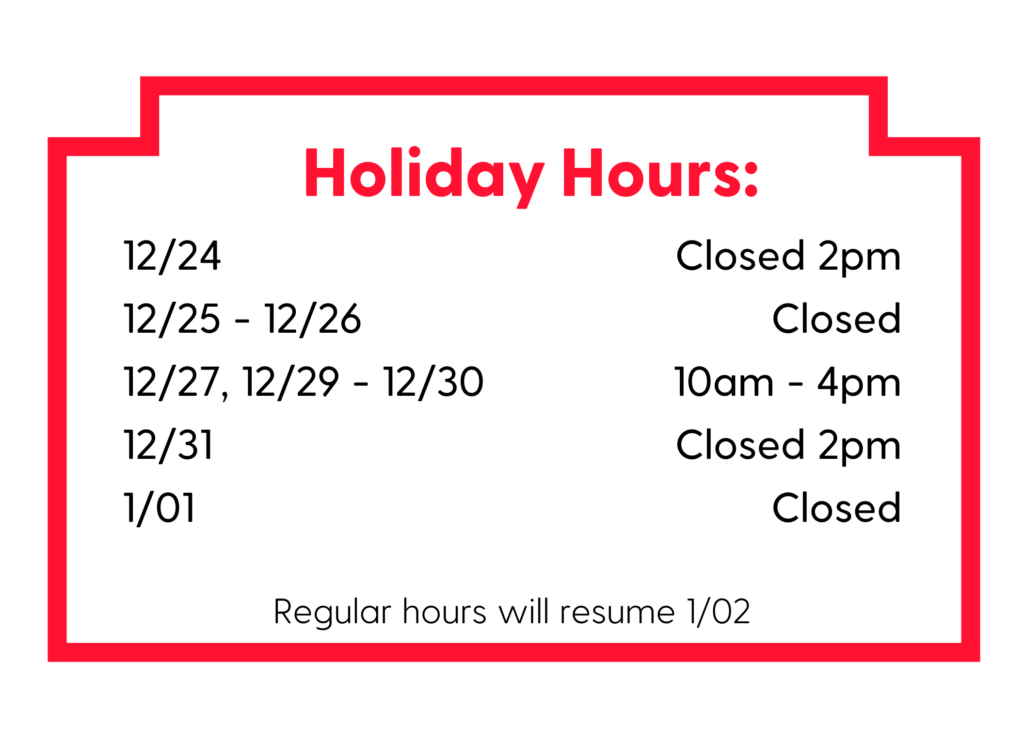
Join us for upcoming poetry readings, a storytelling workshop, and a performance by Short Story Theatre.
Poetry Reading: Native American Heritage, Footsteps into Culture
Wednesday, November 8, 7-9 PM
Join host Lynn West and performers William Buchholtz, Mark LaRoque, Margoth Moreno, and Vincent Romero for an enriching and educational evening of poetry, storytelling, music, and visual art highlighting indigenous culture. This event is free and open to the public, but registration is appreciated!
Spoken Word & Poetry Open Mic Night
Friday, November 10, 7-9 PM
Come join us for an amazing evening of spoken word and poetry at The Art Center Highland Park! Whether you’re a seasoned performer or just starting out, this open mic event is the perfect opportunity to share your creativity and connect with fellow wordsmiths. Sign up to read and/or recite during open mic upon arrival. This event is free and open to the public, but registration is appreciated!
Storytelling Workshop with Lou Greenwald
Saturday, November 11, 10 AM-1 PM
Lou Greenwald’s storytelling workshop will provide you with the tools and techniques to weave engaging tales that will leave your audience spellbound. Whether you’re a beginner or a seasoned storyteller, this workshop is perfect for you. Don’t miss this opportunity to enhance your storytelling skills and connect with fellow storytellers. Registration is required ($65 fee).
Saturday, November 11, 7:30-9:30 PM
Experience the power of words as these storytellers transport you to different worlds, evoke emotions, and ignite your imagination. Whether you’re a fan of heartwarming or funny narratives, thrilling adventures, or thought-provoking tales, this event will have something for everyone. Featuring storytellers Mike Leonard, Larry Glazer, Ellen Blum Barish, Bill Stewart, and Nadia Felecan. Registration is required ($15 tickets).






